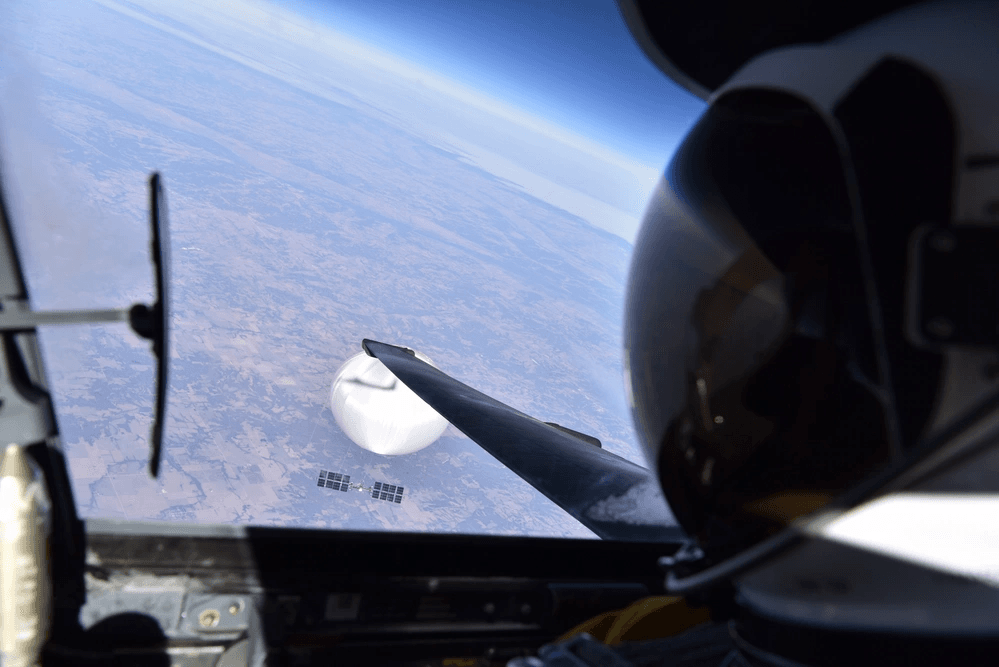Near-Space in China’s Military Strategy: Strategic Reconnaissance, Precision Strike, and Battlefield Advantage

Insikt Group examines the Chinese People's Liberation Army’s (PLA) resurgent focus on utilizing near-space flight vehicles (NSFVs) for various military applications, as evidenced by the appearance of a high-altitude surveillance balloon over US Minuteman III missile silos in 2023. This marks a culmination of PLA and Chinese defense analyst research interest dating back to 2005, with a focus on deploying NSFVs like balloons, aerostats, and hypersonic platforms for military intelligence, surveillance, reconnaissance (ISR), and more.
 Chinese high-altitude surveillance balloon over the central US (Source: Secretary of the Air Force Public Affairs)
Chinese high-altitude surveillance balloon over the central US (Source: Secretary of the Air Force Public Affairs)
The PLA is believed to operate a fleet of these NSFVs, aiding China's strategic reconnaissance and early warning capabilities. These platforms offer redundancy in case of satellite disruption and play a vital role in gathering intelligence during peacetime. They monitor foreign military activities and collect data on global military trends and capabilities, posing a legitimate intelligence collection threat.
The two categories of NSFVs are low-dynamic (LD) and high-dynamic (HD) platforms. LD platforms include balloons and aerostats, while HD platforms involve hypersonic vehicles. These NSFVs can be equipped to collect various forms of intelligence, such as imagery, signals, communications, and electronic data.
Although the PLA’s more traditional platforms, including satellites, offer robust intelligence collection capabilities, NSFVs are seen as augmenting gaps in those. The PLA likely sees NSFVs as offering operational flexibility, supporting precision strikes, electronic warfare, communications, and logistics, ultimately bolstering their offensive operations and resilience.
As the PLA advances in near-space technology, the international community should closely monitor these developments and prioritize the development of countermeasures to mitigate potential advantages the PLA could gain during conflicts. The use of NSFVs for military purposes is poised to remain a significant component of China's military strategy.
To read the entire analysis with endnotes, as well as receive more information about the author, Devin Thorne, click here to download the report as a PDF.
Related News & Research



